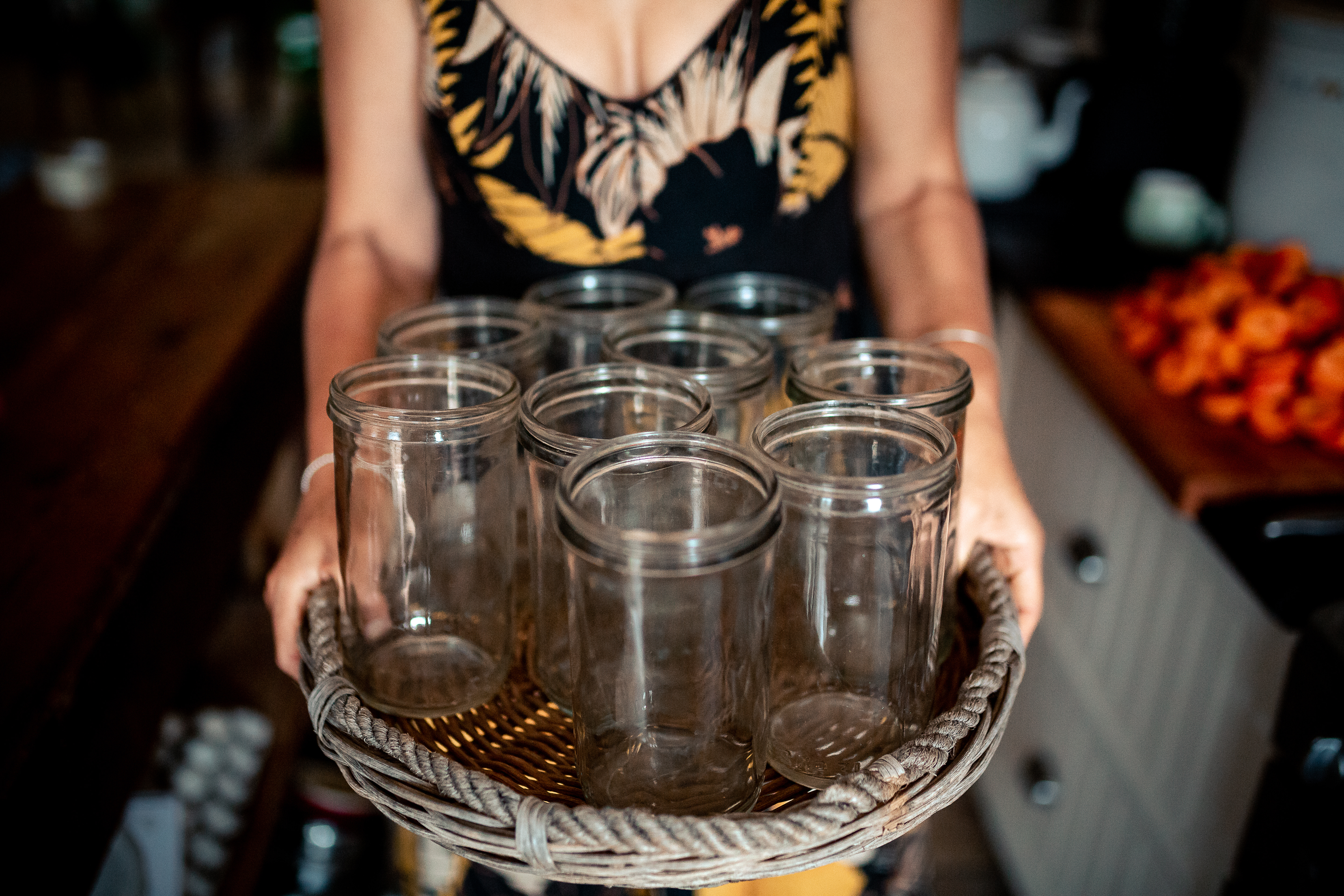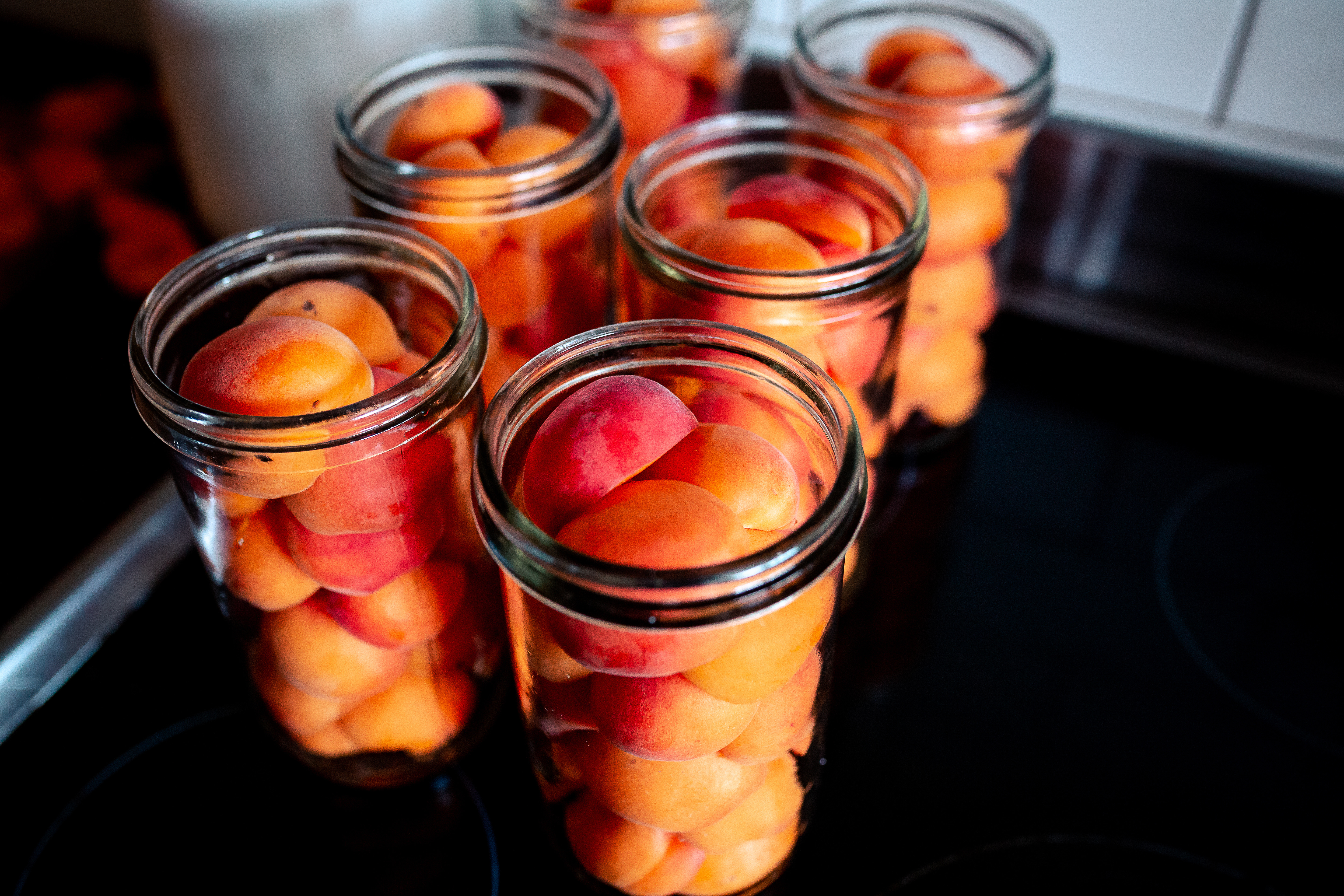FOOD
HOMESTEADING
Written by: Jade Miles @black_barn_farm
While the term "Homesteading' feels a little American, it’s a movement that is making strong headway in Australia and its the phrase that we relate to and live by at Black Barn Farm.
While its anything but the 'simple life', it certainly connects you deeply to the natural world, demands you beat to a seasonal drum and rewards you with home grown food in abundance.
Homesteading can be a full time job and requires skills which are slowly being forgotten as we find more and more of us are city based and exist in 9-5 jobs. But for those who seek something else for life, homesteading is a diverse, rewarding and exciting way to live.

The best place to start on your homesteading path is exactly where you are right now...with what you’ve got! You really can begin immediately and build your toolkit at the same time as your skills and network. You don’t need to buy new and sharing tools with friends is a good idea when beginning.
Ultimately you will need:
- Jars - Can be fowlers but equally can be saved over time or bought in op shops - check lids Appropriate, adequate storage space (cool, dry, no sunlight, located close to your kitchen)
- Large pot
- Outdoor sink
- Carrier basket that drains
- Good secateurs
- Adequate freezer space
- Bench prep area (inside or out)
- Potting area
- Storage solution for your seeds
- Garden diary
- Garden tools (hand trowel, hand fork, rake, shovel, spade, gloves, stakes)
- Good watering system - soft nozzle
- Space to grow food, create compost, host a worm farm, keep chickens
- Gumption, creativity and persistence
When you first start out, growing herbs on the kitchen bench is immensely rewarding and will give you a taste of things to come. Actually feeding a family requires a pretty serious commitment and quite a load of work but that doesn't mean you shouldn’t still grow what ever you have space and time for...picking corn and beans fresh from the garden will still feel virtuous even if you had to buy everything else on the plate. Regardless of your scale, it's good to be mindful that seasonality will play a big part in your annual homesteading rhythm. We eat like kings from February till May then get stuck into the pantry stores - listed below - with a little top up form the very sleepy Winter garden with kale and cabbage from June, then we limp through the Spring Hunger gap in August - November before we breathe a sigh of relief as the new season greens begin again.

For a family of five here is a list of our annual Pick, pickle and preserves stores for Winter.
- Ropes of garlic x 200 hundred heads
- 60ish pumpkins
- 30 jars of cucumber pickles
- 25 jars of pickled beetroot
- 20 jars of pear chutney
- 20 jars of zuccjini and eggplant pickle
- 8 jars of dried tea herbs/flowers
- 6 frozen sheep or 40 chickens
- 5 jars of dehydrated spring onions
- 10 jars of marmalade or jam
- 40kgs potatoes
- 10kg carrots
- 15kgs frozen sweet corn
- 5kgs broad beans (prepared the same as the corn)
- 3kgs dried podded beans (mixed varieties)
- 2kg dehydrated mushrooms
- 100 dehydrated persimmons
- 5kg frozen cooked spinach/silverbeet
- 35 sticks salami 5kg frozen mixed berries
- 30 x 1 litre jars stewed apple
- 40 litres apple cider vinegar
- 15 x 500gm jars olives
- 15 x 300 gm bags of pesto frozen
- 100kgs stewed stone fruit (either bottled or frozen)
We still have an abundance of stewed apple, olives, plum sauce, apples cider vinegar, garlic, pear chutney and dried broad beans. Kale and cabbage are both picking from the garden and new seasons mint is just coming through, the eggs are flowing fast and asparagus will soon reach for the sky but the pantry stores are pretty barren. Having our hoop house this year will make a big difference but it really does require a full year of planning... starting now, to be sure our spring pantry and garden has more to offer next year.





